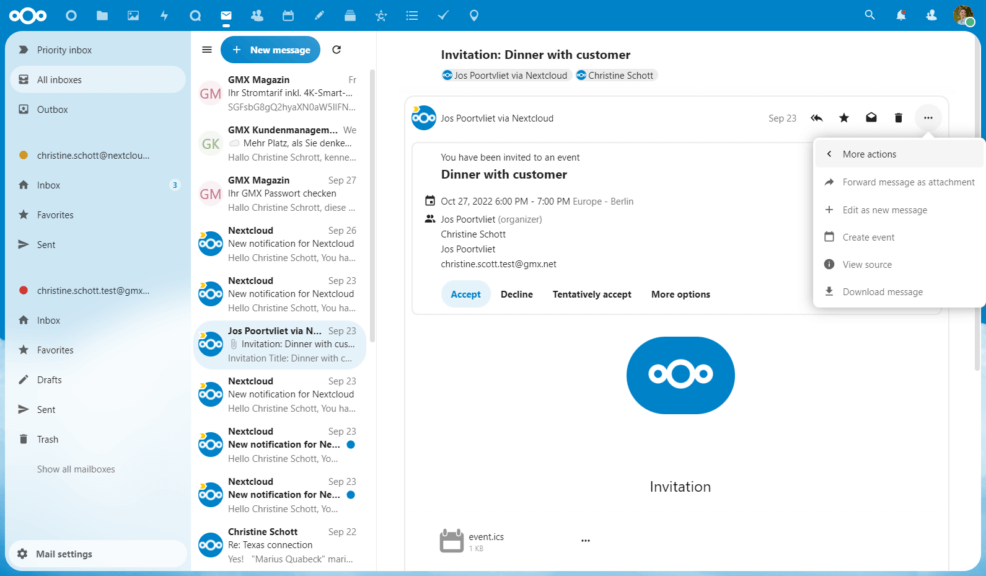How to Host Nextcloud: A Comprehensive Guide
Nextcloud is a popular open-source software that allows you to host your own cloud storage, files, and collaboration platform. Whether you are an individual looking to secure your data or a business in need of a scalable solution, hosting Nextcloud can be a great option. In this guide, we will walk you through the process of hosting Nextcloud on your server.
Step 1: Choose a Hosting Provider
The first step in hosting Nextcloud is to choose a hosting provider. You can opt for a cloud hosting provider like AWS, DigitalOcean, or Linode, or host it on your own server if you have the technical expertise. Make sure the provider meets the minimum system requirements for Nextcloud, which include PHP 7.2 or higher, an SQL database, and a web server like Apache or Nginx.
Step 2: Install Nextcloud
Once you have selected a hosting provider, the next step is to install Nextcloud on your server. You can either download the Nextcloud package from the official website and install it manually, or use a one-click installer provided by some hosting providers. Follow the on-screen instructions to complete the installation process.
Step 3: Configure Nextcloud
After the installation is complete, you will need to configure Nextcloud to suit your needs. This includes setting up user accounts, configuring storage options, and enabling additional features like calendaring or document editing. You can customize Nextcloud to meet your specific requirements and preferences.
Step 4: Secure Your Nextcloud Instance
Security is crucial when hosting Nextcloud, especially if you are storing sensitive data. Make sure to install SSL certificates to encrypt data transmission, enable two-factor authentication to enhance security, and regularly update Nextcloud to patch any security vulnerabilities. Additionally, consider implementing a firewall to protect your server from external threats.
Step 5: Backup Your Data
Regularly backing up your data is essential to prevent data loss and ensure continuity of operations. You can use Nextcloud’s built-in backup features or set up an external backup solution to store your data securely. Remember to test your backups periodically to verify their integrity and accessibility in case of emergencies.
Step 6: Monitor and Maintain Your Nextcloud Instance
Monitoring your Nextcloud instance is essential to ensure optimal performance and uptime. Keep an eye on system resources, storage usage, and user activities to identify any issues or potential bottlenecks. Regular maintenance tasks like updating software, monitoring logs, and cleaning up unnecessary files can help keep your Nextcloud instance running smoothly.
Conclusion
Hosting Nextcloud can provide you with a secure and flexible cloud storage solution that meets your specific requirements. By following the steps outlined in this guide, you can set up and maintain your Nextcloud instance with ease. Remember to prioritize security, backup your data regularly, and monitor your instance for optimal performance. Happy hosting!
